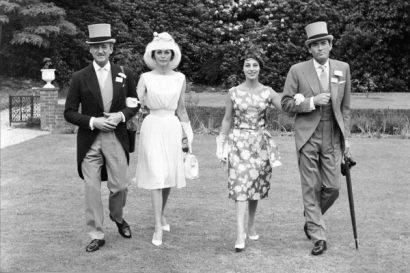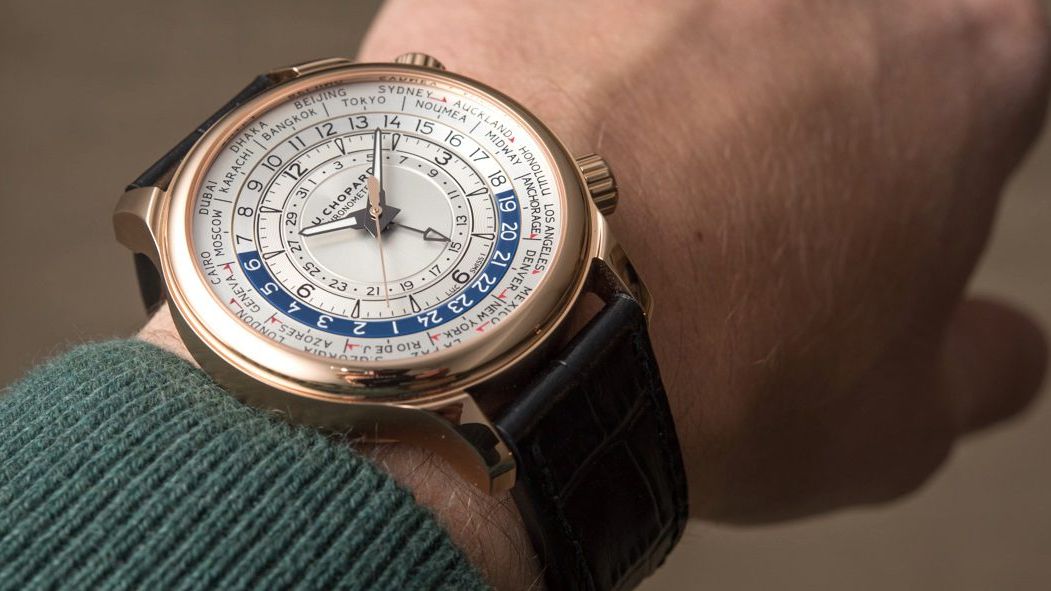

Words: Gentleman's Journal
We’ve all done it; got turned around on some narrow, winding city streets and then lost all sense of direction. Perhaps it’s a foreign country and you can’t use your data to pinpoint where you are, or perhaps your phone is just incredibly slow and you’re in a rush. Either way, the trappings of modern phone-based pathfinding can fail – and then what?
The importance of navigating via timepieces has been recognised since the 1720s, when pioneers such as the great British clockmaker John Harrison attempted to solve the problem of determining longitude at sea via accurate timekeeping. Nowadays, sea-based navigation may be done via satellite positioning, but that doesn’t mean that timepieces have lost their value or ability to help us find our bearings when we need them most.
So, gents, here is a simple way of telling which direction you’re traveling, just by using your humble wristwatch.
Firstly, bear in mind that this exact technique only works if you’re in the Northern Hemisphere. So, as long as you find yourself north of the equator, take your watch and hold it horizontally, dial pointing upward at the sky. You can do this with the watch on your wrist or off your wrist, it makes no difference.
Direct the hour hand of your watch at the sun, whilst still keeping the watch level. It doesn’t matter what time of day you are doing this, but the watch needs to be keeping good time. If you’re having difficulty pointing the watch directly at the Sun (for instance if it’s really bright out and hard to see exactly where the sun is positioned in the sky) use the shadow of a thin object instead, such as a lamppost. By pointing at such a shadow, you are essentially lining up exactly the position of the sun in relation to yourself.
This is trickiest bit of the whole process, but it’s relatively straightforward with a bit of practice. With the hour hand still pointed at the sun, there will be an area between the hour hand and the 12 o’clock marker. If you divide this area exactly in half you will create a midway line; this is your north-south divide. The point closest to the sun will be south, whilst on the other side of the watch will lie north.
As a working example, suppose it is exactly ten o’clock in the morning. You can see the sun clearly and point the hour hand at it. The area between 10am and 12pm is just two hours wide, which means that, in this case, the bisecting line will run from the 11 marker (south) to the 5 marker (north). As a result, east must lie at the 8 marker and west at 2pm. And there you have it, the complete compass reading.
If you practice finding your bearings with a wristwatch you’ll be surprised at how readily you can orientate yourself regardless of how lost you may have become. Done frequently enough, your wrist-based compass will become internalised as a sixth sense.
Jamie Maddison is a British Explorer, and ambassador for the Christopher Ward Challenger Programme.


